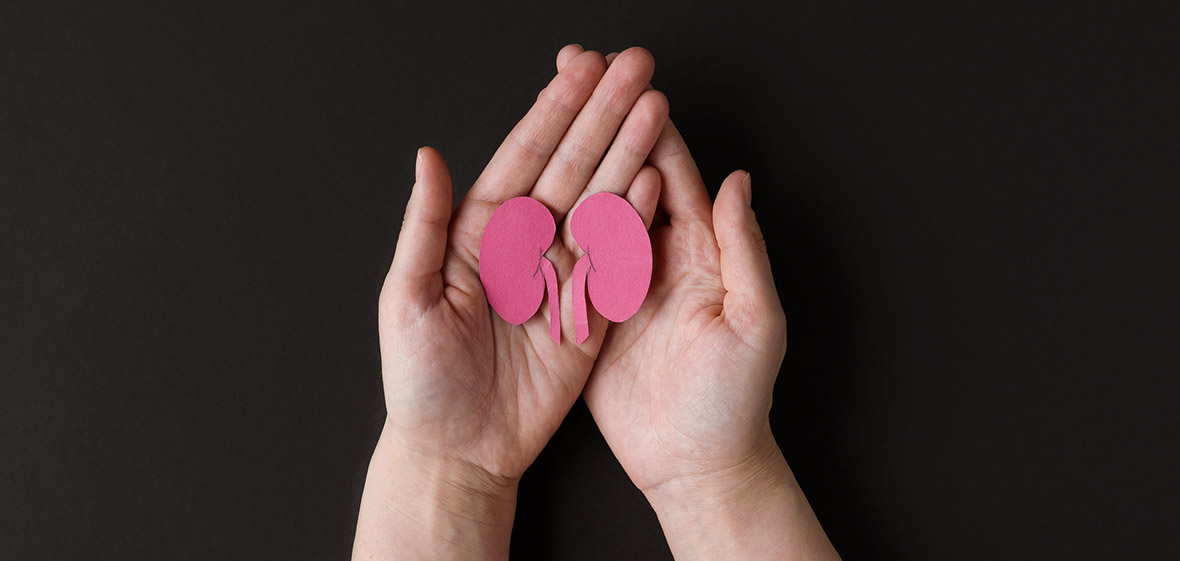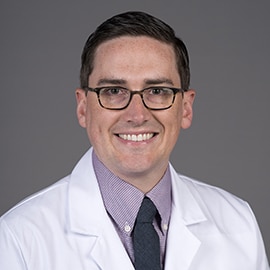
Waiting up to five years for a kidney transplant can be an excruciating time for those on the wait list. Fortunately, we can remove a kidney from a healthy person so that it can be used for transplanting into someone in need.
Potential donors must go through an evaluation process to determine if they are appropriate for kidney donation and we must assure the kidney is a match. That work up includes lab testing and imaging of the kidney as well as an evaluation by the kidney doctor, donor surgeon, dietitian, social worker and finally their living donor advocate. The donor will not have any direct costs related to the testing.
Once someone is approved to donate and is a match, we can schedule the surgeries, which will be happening at the same time.
For living kidney donors, we prefer to remove the left kidney because the blood vessels to the left kidney are longer and it makes the transplant slightly more straightforward. We use minimally invasive surgical techniques and with a series of three incisions we can safely remove the donor’s kidney.
The donor will be able to drink some liquids immediately after surgery and should be able to eat a regular diet that first evening. We encourage all donors to get out of bed the evening of their surgery.
Since 2021, we have been working at improving pain control during all phases of the donation process. If you are donating a kidney, before going into the operating room, you will get some medications that will help with your pain management. At the completion of the surgery, the anesthesia team will perform a nerve block for the abdominal wall so that when you first wake up you will hopefully have very little pain.
The evening of surgery, we will continue to give you different medications around the clock to help with your pain. If patients are still hurting, they have narcotic pain medication available on an as-needed basis.
With this proactive approach to post-operative pain management, we began to have several patients asking to be sent home the next day after surgery. And with ongoing feedback from patients, we have continued to make minor changes to our protocol until greater than 50% were going home the next day. Now, we expect every patient can go home the next day.
At home, donors are usually able to control pain with only acetaminophen by about the fourth day after surgery.
Fatigue is another symptom that donors may notice, but this usually improves by the second week after surgery. Other potential surgical complications like bleeding, infection or injury to nearby structures are possible with kidney donation but are thankfully very rare.
I advise all kidney donors to avoid lifting anything more than 10 pounds for the six weeks after donation to allow their abdominal wall to heal and limit the formation of a hernia. However, patients are encouraged to continue all pre-donation activities, even though they may need to do them at a slower pace soon after donation.
Life with a single kidney does not really differ from life with two – there are no special diets or activities to avoid. We want to avoid medications that can be hard on the kidney and avoid high blood pressure and diabetes as these can cause kidney disease.
Your transplant team will follow you and your labs for at least two years after donation to monitor your kidney function.
I am honored and humbled every day by the selflessness of our living kidney donors and thankful to be part of such a hard-working team providing care for these patients.
At UofL Health – Trager Transplant Center, more patients leave our center every year with a renewed lease on life than any other program in the region. One of the leading providers of advanced organ disease and transplantation care in the country, we make it our mission to improve and save lives. To learn more about becoming a living donor, call 502-587-4358 and select option 5.
You can also apply to be a living kidney donor here.









